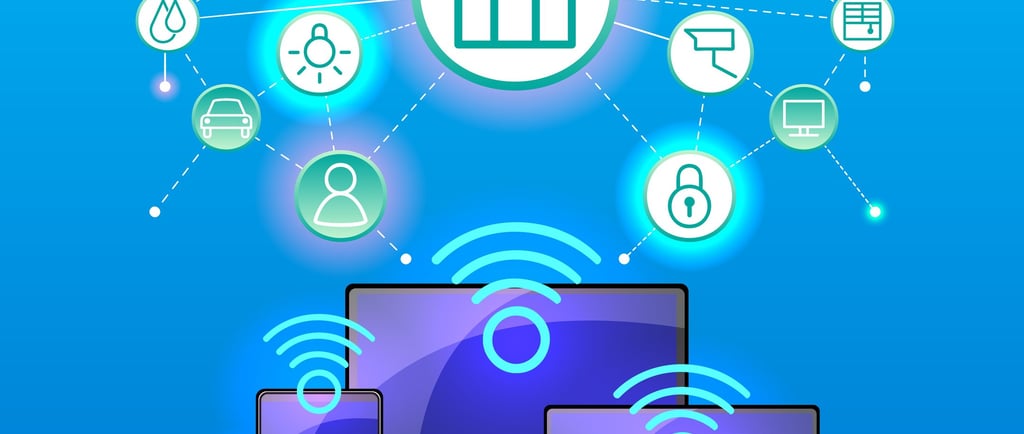The Evolution of IoT: From Basic Connectivity to AI-Powered Devices
3/18/20252 min read


Introduction to the Internet of Things
The Internet of Things (IoT) refers to the interconnected network of devices that collect and exchange data through the internet. Initially, IoT began with simple connectivity solutions, enabling basic communication between devices. These early iterations laid the groundwork for the remarkably sophisticated systems and AI-powered devices we witness today.
From Basic Connectivity to Intelligent Systems
In its infancy, IoT primarily consisted of devices capable of basic data transmission. This included appliances like smart fridges and thermostats that could send simple alerts and notifications to their users. However, as technology advanced, the demands of consumers and businesses shifted towards more intelligent systems. This transition ushered in an era where devices not only communicated but also learned from data patterns.
The integration of AI into IoT frameworks has been particularly revolutionary. AI algorithms now enable devices to analyze data and make decisions autonomously, enhancing their functionality beyond simple input and output. For instance, smart security systems use machine learning to differentiate between usual and unusual activity, subsequently sending alerts only when necessary. This intelligent processing capability significantly reduces unnecessary notifications, improving user experience.
The Impact of Enhanced Connectivity and AI
As IoT has evolved, enhanced connectivity options such as 5G networks have played a significant role in its growth. These advancements have allowed for faster data transfer rates and lower latency, particularly crucial for AI-driven devices that depend on real-time processing. As a result, industries spanning healthcare, agriculture, smart cities, and manufacturing have begun to leverage IoT solutions that employ artificial intelligence, leading to unprecedented efficiencies and insights.
For instance, in healthcare, wearables that monitor patients’ vital signs utilize AI-driven analytics to provide real-time data to medical professionals. This seamless integration of IoT devices and AI not only optimizes healthcare delivery but also empowers doctors to make informed decisions based on continuous data collection and analysis.
Conclusion: The Future of IoT and AI Integration
As we move forward, the relationship between IoT and AI will undoubtedly continue to deepen. The future promises even more advanced devices capable of understanding user preferences and adapting accordingly. The ongoing evolution of IoT from basic connectivity to sophisticated AI-powered solutions marks a pivotal progression in how we interact with technology. This journey is not only about enhancing user convenience but also revolves around increasing operational efficiencies across all sectors. Industries that embrace this technological evolution will likely gain a competitive edge in a world where smart solutions are becoming the norm.
